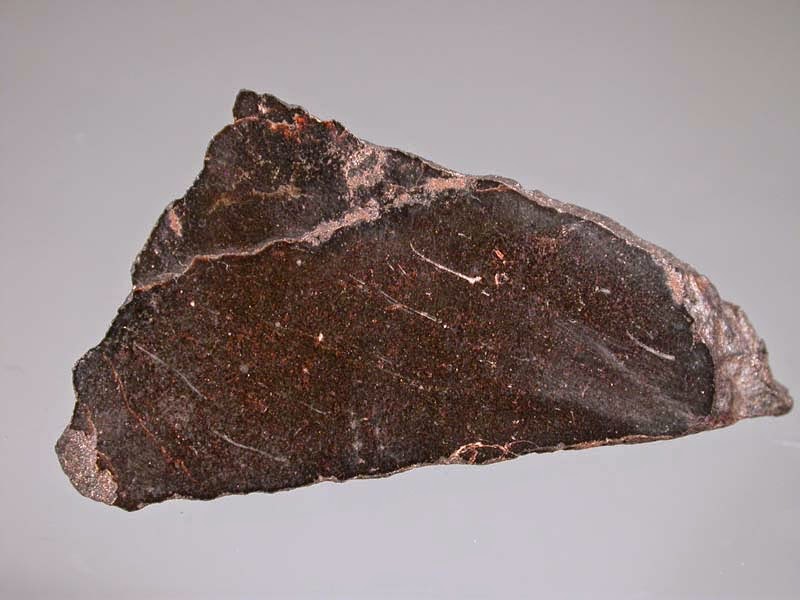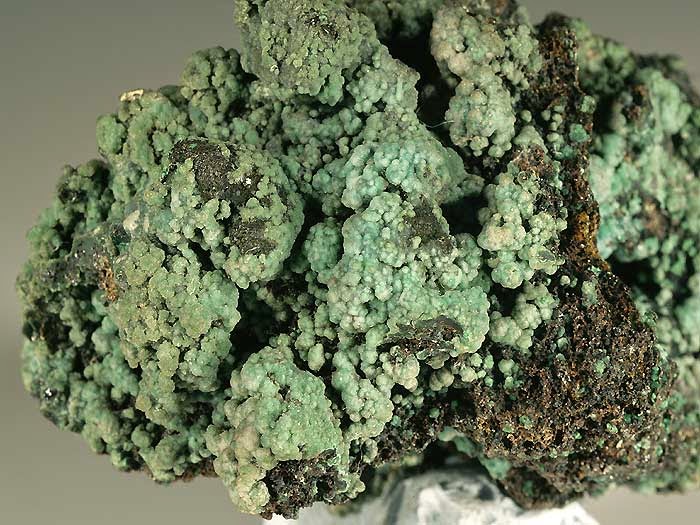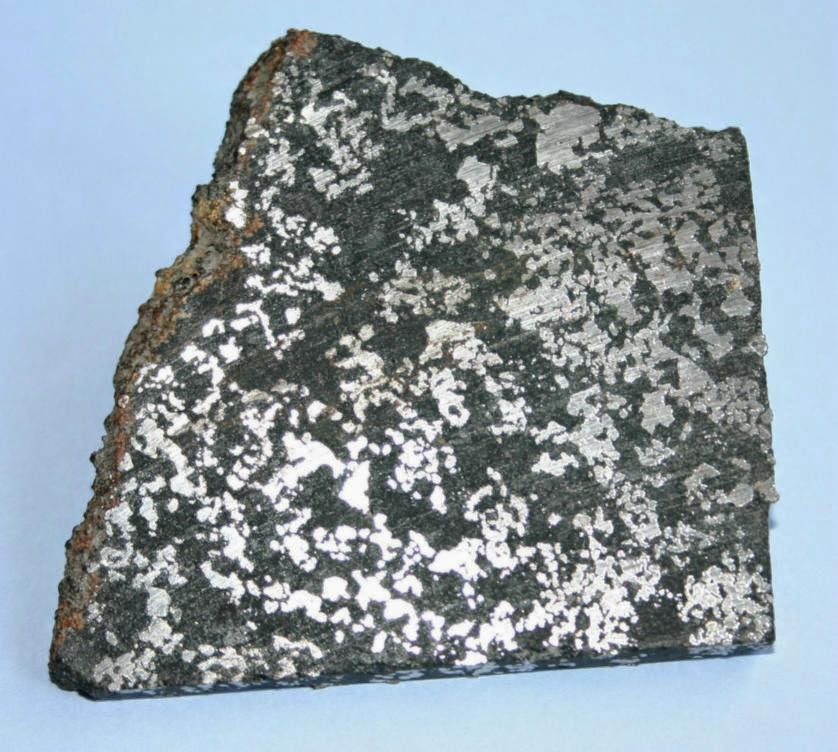
Chemical Formula: Fe
Locality: Asteroid fragments and in German and Greenland basalts.
Name Origin: Probably Anglo-Saxon in origin.
Iron is a chemical element with symbol Fe (from Latin: ferrum) and atomic number 26. It is a metal in the first transition series. It is by mass the most common element on Earth, forming much of Earth’s outer and inner core. It is the fourth most common element in the Earth’s crust. Its abundance in rocky planets like Earth is due to its abundant production by fusion in high-mass stars, where the production of nickel-56 (which decays to the most common isotope of iron) is the last nuclear fusion reaction that is exothermic. Consequently, radioactive nickel is the last element to be produced before the violent collapse of a supernova scatters precursor radionuclide of iron into space.
Occurrence
Planetary occurrence
Iron is the sixth most abundant element in the Universe, and the most common refractory element. It is formed as the final exothermic stage of stellar nucleosynthesis, by silicon fusion in massive stars.
Metallic or native iron is rarely found on the surface of the Earth because it tends to oxidize, but its oxides are pervasive and represent the primary ores. While it makes up about 5% of the Earth’s crust, both the Earth’s inner and outer core are believed to consist largely of an iron-nickel alloy constituting 35% of the mass of the Earth as a whole. Iron is consequently the most abundant element on Earth, but only the fourth most abundant element in the Earth’s crust. Most of the iron in the crust is found combined with oxygen as iron oxide minerals such as hematite (Fe2O3) and magnetite (Fe3O4). Large deposits of iron are found in banded iron formations. These geological formations are a type of rock consisting of repeated thin layers of iron oxides alternating with bands of iron-poor shale and chert. The banded iron formations were laid down in the time between 3,700 million years ago and 1,800 million years ago
About 1 in 20 meteorites consist of the unique iron-nickel minerals taenite (35–80% iron) and kamacite (90–95% iron). Although rare, iron meteorites are the main form of natural metallic iron on the Earth’s surface.
The red color of the surface of Mars is derived from an iron oxide-rich regolith. This has been proven by Mössbauer spectroscopy.
Physical Properties
Cleavage: {001} Perfect, {010} Perfect, [100} Perfect
Color: Iron black, Dark gray, Steel gray.
Density: 7.3 – 7.9, Average = 7.6
Diaphaneity: Opaque
Fracture: Hackly – Jagged, torn surfaces, (e.g. fractured metals).
Hardness: 4-5 – Fluorite-Apatite
Luminescence: Non-fluorescent.
Luster: Metallic
Magnetism: Naturally strong
Streak: gray
Photos :












